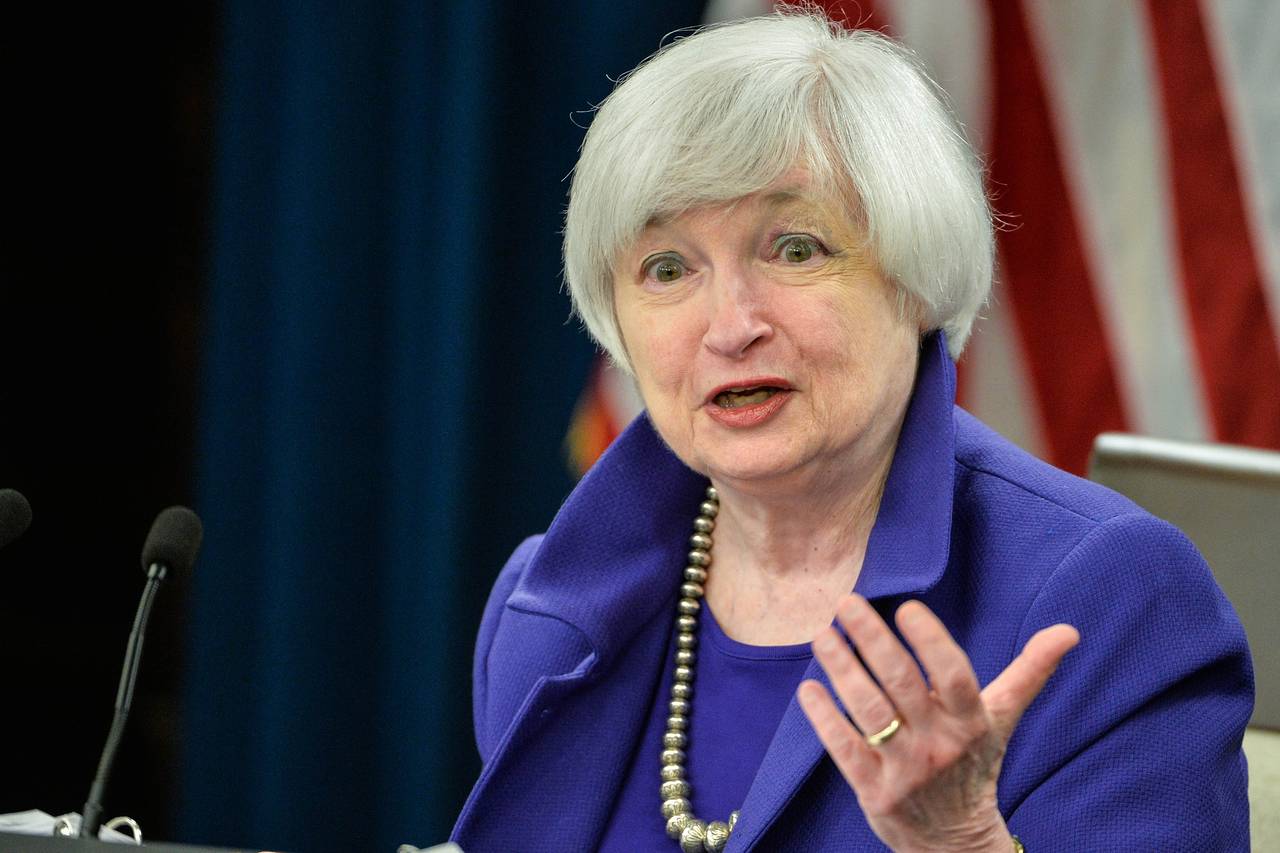At the Cato Institute?s 34th Annual Monetary Conference (Epilogue)

===================================================
Well, I’m back in suburban Baltimore after the struggle of getting to the the center of DC and back. ?It takes a lot of energy to write 4000 or so words, tweet 26 times, meet new people, old friends, etc. ?Here are some thoughts after the sip from the firehose:
1) There was almost no media there this time. ?Maybe it’s all the action associated with a new president being elected. ?All the same, I see almost nothing on the web right now aside from the Twitter hashtag #CatoMC16?and my posts echoed at ValueWalk.
2) I came out of the conference thinking that I need to read three of the papers, the ones by:
- Hanke & Sekerke — color me dull, but it finally dawned on me the potential degree to which structural regulatory change has been fighting ZIRP.
- Jordan — his idea on how to sop up excess liquidity sounds interesting.
- Goodspeed — I am a sucker for economic history — it broadens the categories that you think in. ?His presentation was very data-oriented, and I thought the methodology was clever for analyzing alternative deposit guarantee methods back in a time when the states regulated the banks. ?(Please bring back state regulation of banks; it works better. ?Many more failures, but they are all small.)
3) Jim Grant is always educational to listen to. ?I also appreciated O’Driscoll, Thornton, Orphanides, and Hoenig.
4) I would not invite back Spitznagel (irrelevant), Allison, Todd, and Gramm (three living in fantasyland).
5) That brings me to the fantasies of the conference as I see them. ?This is what I think is true:
- The Community Reinvestment Act [CRA] was not a big factor in the crisis, aside from the GSEs. ?Intelligent banks make decent CRA loans; I’ve seen it done.
- Subprime lending was the leading edge of of bad lending on residential real estate, but regulators did not do their jobs well in supervising lending.
- Tangible bank leverage was way too high, and was a large part of the crisis. ?So was a lack of liquidity from losing the wholesale funding markets, which disproportionately hit the big banks.
- The big banks were disproportionately insolvent, though a few of them did not need more capital, like US Bancorp BB&T, and Wells Fargo. ?Many more small banks were insolvent also, but they weren’t big enough to move the systemic risk needle.
- Banks are?a little over-regulated, but given the poor ways that they managed liquidity prior to the crisis, you can’t blame Dodd-Frank for trying to avoid that problem again.
- The big bank stress tests are not real in the US or Europe; they exist to mollify politicians and bamboozle the public. ?If they ARE real, then publish the data, methods and results in detail.
- Banks?need a strong risk based capital formula. ?The one for insurers works very well. ?Perhaps banks should imitate the stronger and smarter solvency regulations that insurers use. ?They might even find them looser than what they currently do, but be more accurate as to real risks.
- Inverting the yield curve is?necessary in a fiat money system. ?You need to deflate and liquidate bad lending so that new lending in the next part of the credit cycle can recycle the capital to better projects.
6) That brings me to the realities of the conference as I see them. ?This is what I think is true:
- Fannie/Freddie were a large part of the crisis. ?Undercapitalized relative to the amount of default risk they were taking.
- Housing prices were pushed too high as a result of too much debt getting applied to finance them. ?Loose monetary policy aided the creation of this debt. ?Falling housing prices were the main cause of the crisis, as many loans became inverted, and a slowing economy led to many losing their ability to pay their mortgages.
- We needed a different bailout where bank stockholders lost all, and debtholders lose also, only after that should the FDIC have been tapped to protect depositors.
- Bank solvency is important for the long run for the economy. ?A crisis like the last one erases a lot of the growth that would occur from looser bank regulatory policy. ?Things may be tight now, but once the system adjusts, growth should resume.
- A?healthier economy has lower debt and less debt leverage/complexity. ?Debt and layered debts make an economy inherently fragile.
- A gold standard does not increase instability, unless banks are mis-regulated for solvency.
- The wealth effect is tiny, and the Fed should stop pretending that it does much.
7) While at Cato, I noticed the area named for?Rose Wilder Lane, the same Rose in the “Little House on the Prairie” books (daughter of Laura and Almonzo Wilder). ?She was a libertarian later in life, and knew Ayn Rand. ?Their pictures are near each other in Cato’s basement. ?Just a little trivia.
8 ) There was a lot of sympathy for the idea of not paying interest on excess reserves, and certainly not same rate as on required reserves.
That’s all.










